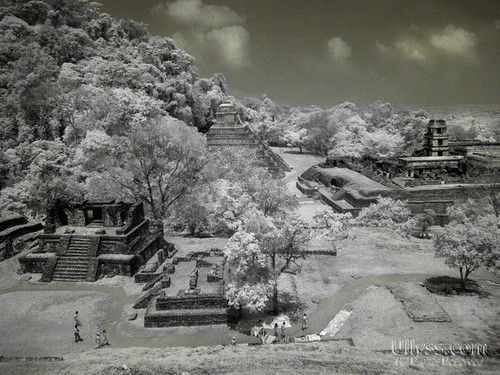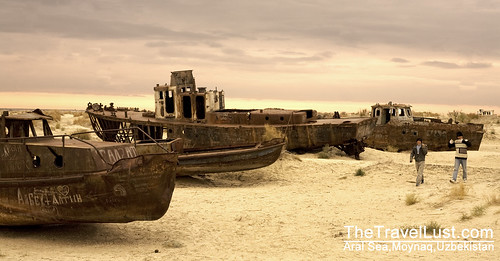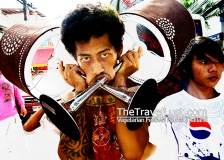 In Mendoza, Argentina the famous Malbec wine region : The Malbec grape varietal thrives and where the best Argentina wine come from, also famous for its Dulce de Leche, a condensed caramelised milk product popular with Argentinians
In Mendoza, Argentina the famous Malbec wine region : The Malbec grape varietal thrives and where the best Argentina wine come from, also famous for its Dulce de Leche, a condensed caramelised milk product popular with Argentinians
Half spoonful of Dulce de Leche, fill the other half with Malbec wine, gulp it down.
Chile has its terramoto cocktail drink, red wine, pisco (grape liquer), pineapple icecream. This is Mendoza’s version of very bad drink ideas that taste quite disgustingly weird.

Alfajores : Very typical biscuits of South America, you see versions of it everywhere, especially in Chile and Argentina. This Argentinian version consist of snow dusted sugar on 2 biscuits with Dulce de Leche filling (caramelised condensed milk) . Quite addictive and probably will kill your liver and kidney from all those sugar! You easily find them in shops, cafes and on the streets.

Cerviche in Easter island. Raw fish cooked in lemon juice along with raw local shrimp from the surrounding sea. Served with steamed banana bread (right) that is more banana than bread, local Tuna call Kana Kana (middle), fried plantains (left) with salad in the background.
One of the best cerviche tasted so far since coming to South America but deadly if you are not into raw fish and freshly squeezed lemon juice.

Mendocino (Mendoza, Argentina) version of Paella :
Rice cooked purely in white wine and a bit of broth, but really mostly cook in wine. Add tomatos and fresh tomato, onions, salted anchovies, garlic. The octopus is cooked in red wine with carmelised onions. Local Mussles added at the end, Olives and Half boiled egg place on top along with Biondilo and Mendocino hard feta cheese. Cooking preparation & time s about 1 hour.
Eating out in Argentina is expensive and one can’t afford to eat out for all main meals daily especially when it cost 50-80pesos (us$13- us$20) for quite a sub standard dish. That’s just a dish not a meal. However Mendoza is a great place for beautiful vegetables, sea food, meats produce and cooking is fun if you have a great kitchen.

Empanadas are like the South America version of curry puff, pastry stuffed with meats, or cheese, or chicken. There is the fried and baked version. The pasteleria everywhere seems to make awful pre-prepared empanadas, but there are dedicated shops that make fresh versions when you order them. The fillings and the pastry matters a lot. The trouble is it is more of a hit and miss affair when choosing a good empanada shop. The standard varies and often the popular shops serve up quite crappy versions even if there are tons of folks buying it. The freshly made fried empanadas taste better than the oven baked ones of course. This is what most Chileans and Argentinans have as cheap fast food. A typical cheap dinner will consist of at least 6 pieces.

Salted pig in Argentina, this is more traditional and often prepared only for the weekends. The whole pig with skin and hooves is cured in salt. It seems more of a spanish dish where you make a stew out of it. The taste apparently is better than fresh pork. Preparation takes more than 1 day to soak the pig in water to rid of the salt then boiled and stewed with root vegetables or eaten just like so. I have no clue what this taste like as I don’t eat red meats.


 In Mendoza, Argentina the famous Malbec wine region : The Malbec grape varietal thrives and where the best Argentina wine come from, also famous for its Dulce de Leche, a condensed caramelised milk product popular with Argentinians
In Mendoza, Argentina the famous Malbec wine region : The Malbec grape varietal thrives and where the best Argentina wine come from, also famous for its Dulce de Leche, a condensed caramelised milk product popular with Argentinians





 Apu Akivi Moai
Apu Akivi Moai















You must be logged in to post a comment.